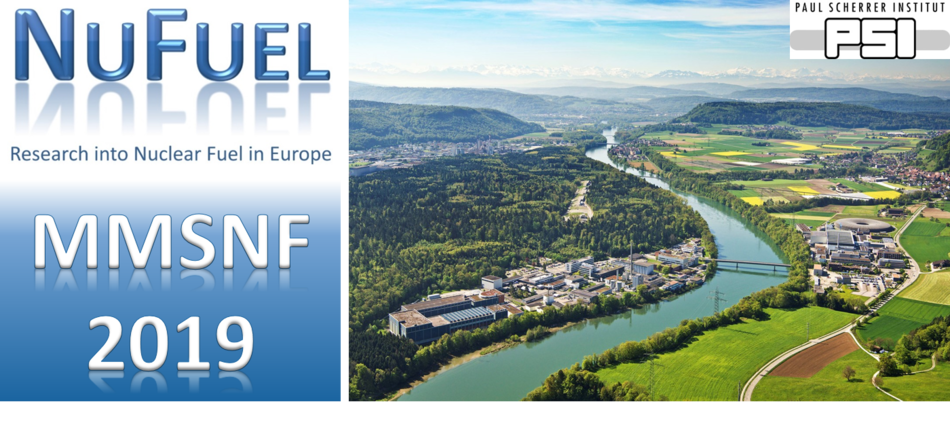Speaker
Description
Uranium mononitride (UN) has been considered a potential accident tolerant fuel (ATF) mainly because its high uranium density, high melting point, and high thermal conductivity. Composite fuels like UN-UO2 have been proposed so as to combine the good properties of both fuels. This study is focused on analysing the first results regarding the sintering behaviours and the microstructures of an innovative UN-UO2 composite fuel concept, prepared by mixing UN microspheres with UO2 powder followed by spark plasma sintering (SPS).
Pure UO2 powder, 30 wt.% of UN microspheres in UO2, and pure UN microspheres were sintered using SPS at 1100ºC and 1500ºC. The UO2 powder used in this study was provided by Westinghouse Electric Sweden AB. The UN microspheres were fabricated at Chalmers University of Technology by internal sol-gel method, with a chemical composition of U(N0.98C0.02) (a = 4.8904 Å, TD = 14.31 g/cm3) and density of about 52 %TD.
The sintering behaviours of UO2(1100ºC) and UO2(1500ºC) were similar. The shrinkage started and finished at 450ºC and 900ºC, respectively, with a characteristic “S shape” sintering curve. Conversely, the sample UN(1500ºC) started to sinter at approximately 1100ºC and was still densifying at 1500ºC. Regarding the composites, the initial behaviours were similar to pure UO2 until about 600ºC. Afterwards, there were a sintering blockage in both samples up to ~900ºC, where the shrinkage rates started increasing again.
The sintered densities were measured using a modified Archimedean method with chloroform as the medium. For UO2(1100ºC), UO2(1500ºC), UN-UO2(1100ºC), UN-UO2(1500ºC), and UN(1500ºC) densities above and around 90 %TD were achieved. Additionally, the microstructure analysis are presented and discussed in this study.
This work shows that it was possible to fabricate an innovative UN-UO2 composite fuel concept by SPS. The preliminary results of the sintering behaviours show that the UN microspheres supressed the UO2 matrix densification in both UN-UO2(1100ºC) and UN-UO2(1500ºC) samples. This fact might be related to the UO2-UO2 particle separation by the addition of 30 wt.% of UN, impairing the stage where neighbouring necks grow and interact to give a network of tubular pores. Moreover, the UN microspheres alone also sintered when the temperature is higher than 1100ºC. Additional studies are under development in order to better understand the UN/UO2 interaction during sintering.

